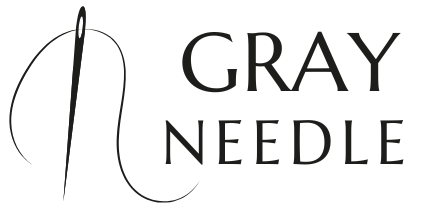To truly excel in hand sewing, having the right tools at your disposal is essential. These tools not only enhance your efficiency but also improve the quality of your work. Here’s a list of must-have items that every hand sewing enthusiast should consider:
- Needles: Invest in a variety of hand sewing needles, including universal, quilting, and embroidery needles. Each type serves a specific purpose and can make a significant difference in your sewing projects.
- Thread: Choose high-quality thread that matches the fabric you are using. Cotton or polyester threads work well for most projects, while specialty threads are available for unique applications.
- Fabric Scissors: A good pair of fabric scissors is crucial for making clean cuts. Avoid using them on paper, as this can dull the blades.
- Thimble: Protect your fingers with a thimble, which helps manage pressure when pushing the needle through thick materials.
- Measuring Tools: Accurate measurements are key to a successful project. Use a measuring tape and a ruler to ensure precise cutting and stitching.
- Marking Tools: Fabric markers or chalk are ideal for making temporary marks on your fabric, guiding your sewing lines.
Having these essential tools on hand will set you up for success in your sewing endeavors. To explore more about the best tools and techniques for hand sewing, visit our website to learn more and get started today! Click here.
Techniques to Improve Hand Sewing Precision
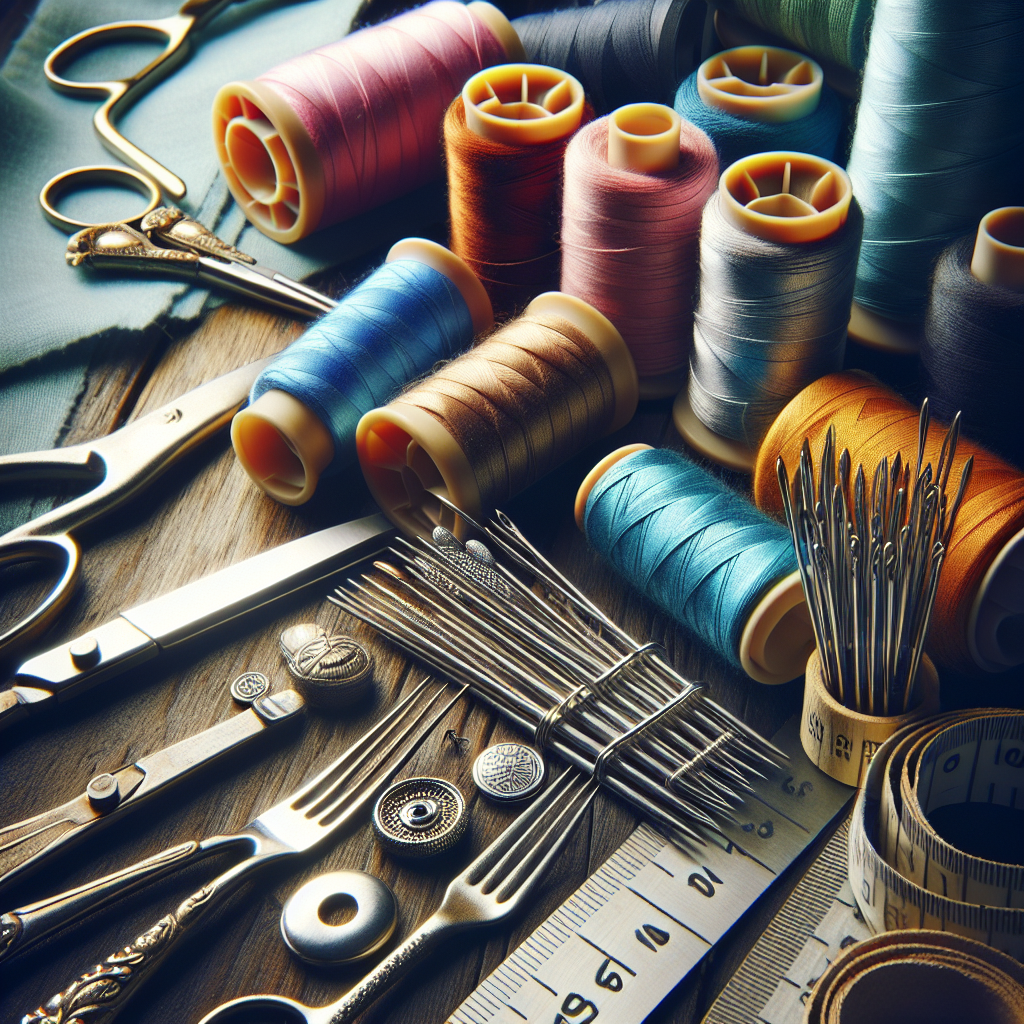
Improving your hand sewing precision is essential for achieving professional-looking results. By mastering various techniques, you can enhance the accuracy of your stitches and ensure your projects come out beautifully. Here are some effective methods to consider:
- Practice Consistent Stitching: Aim for uniform stitch lengths and spacing. This not only enhances the visual appeal but also strengthens the seams. Use a ruler to measure distances between stitches when starting out.
- Use a Guide: Employ a straight edge or a fabric guide to help maintain straight lines. This can be especially useful for hems or when sewing along a seam.
- Pinning: Secure your fabric with pins before you start sewing. This keeps layers aligned and prevents shifting, which can lead to uneven stitching.
- Take Your Time: Rushing can lead to mistakes. Slow down and focus on each stitch, ensuring that you are following your guidelines accurately.
- Adjust Tension: Pay attention to the tension of your thread. Too tight or too loose can affect both the appearance and the strength of your stitches. Test on scrap fabric if needed.
- Regularly Check Your Work: As you sew, take the time to check your stitches. This allows you to catch any mistakes early on and make necessary adjustments.
By incorporating these techniques into your hand sewing practice, you’ll notice a significant improvement in the precision of your work. Whether you’re a beginner or looking to refine your skills, these tips can help elevate your sewing game.
Common Hand Sewing Mistakes to Avoid
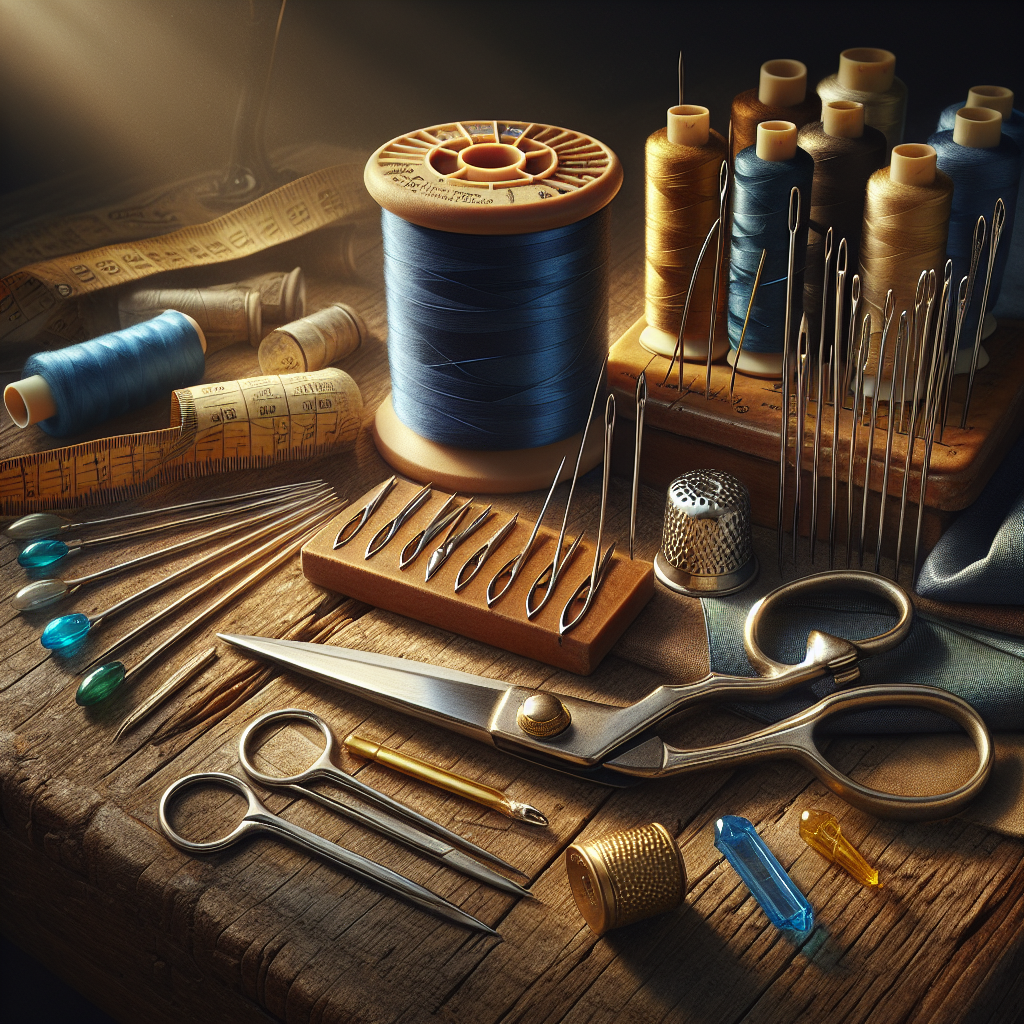
Even seasoned sewing enthusiasts can fall prey to common hand sewing mistakes that can lead to frustration and unsatisfactory results. By being aware of these pitfalls, you can avoid them and enhance your sewing experience. Here are some mistakes to watch out for:
- Neglecting to Use the Right Needle: Using the wrong type or size of needle can cause problems such as skipped stitches or fabric damage. Always choose a needle that is appropriate for your fabric type.
- Overlooking Fabric Grain: Ignoring the grain of the fabric can result in distorted seams and uneven draping. Always align your fabric according to its grain before cutting and sewing.
- Forgetting to Backstitch: Skipping the backstitch can lead to unraveling seams. Make it a habit to backstitch at the beginning and end of your seams to secure your stitches properly.
- Sewing Too Tightly: While it might be tempting to pull your thread tight for a neat appearance, sewing too tightly can cause puckering and distortion in the fabric. Maintain a comfortable tension to allow the fabric to lay flat.
- Ignoring Seam Allowances: Not leaving enough seam allowance can lead to frayed edges and the inability to make adjustments later. Always measure and cut your fabric with a sufficient seam allowance.
- Not Using Enough Pins: Underestimating the need for pins can lead to misaligned pieces. Use plenty of pins to secure your fabric layers, especially on curved edges.
By recognizing and avoiding these common hand sewing mistakes, you can significantly improve the quality of your projects and enjoy a more satisfying sewing experience. With practice and attention to detail, you’ll be on your way to creating beautiful handmade items.
Tips for Choosing the Right Fabric
Selecting the appropriate fabric is a crucial step in the hand sewing process that can greatly impact the outcome of your project. Here are some tips for choosing the right fabric to ensure your sewing experience is both enjoyable and successful:
- Consider the Project Type: Think about what you’re creating. For example, lightweight fabrics like cotton or linen are ideal for summer garments, while heavier fabrics such as wool or denim work better for outerwear.
- Understand Fabric Properties: Familiarize yourself with the characteristics of different fabrics. Understanding attributes like stretch, drape, and texture will help you choose a fabric that suits your design and sewing technique.
- Test the Fabric: If possible, purchase a small swatch of the fabric before committing. This allows you to test how it feels, how it behaves when sewn, and how it looks when stitched.
- Match Fabric to Skill Level: If you’re a beginner, opt for fabrics that are easier to handle, such as cotton or quilting fabric. More advanced sewers might choose challenging materials like silk or chiffon.
- Check for Pre-Washing Requirements: Some fabrics shrink or bleed color when washed. Always check the care label and pre-wash your fabric to avoid surprises after you’ve completed your project.
- Consider the End Use: Think about how the finished item will be used. For example, if you’re making a tablecloth, a fabric that is stain-resistant and easy to clean would be ideal.
By taking these factors into account, you can confidently choose the right fabric that will not only enhance your sewing skills but also create beautiful, durable pieces that you’ll cherish for years to come.
How to Maintain Your Hand Sewing Supplies
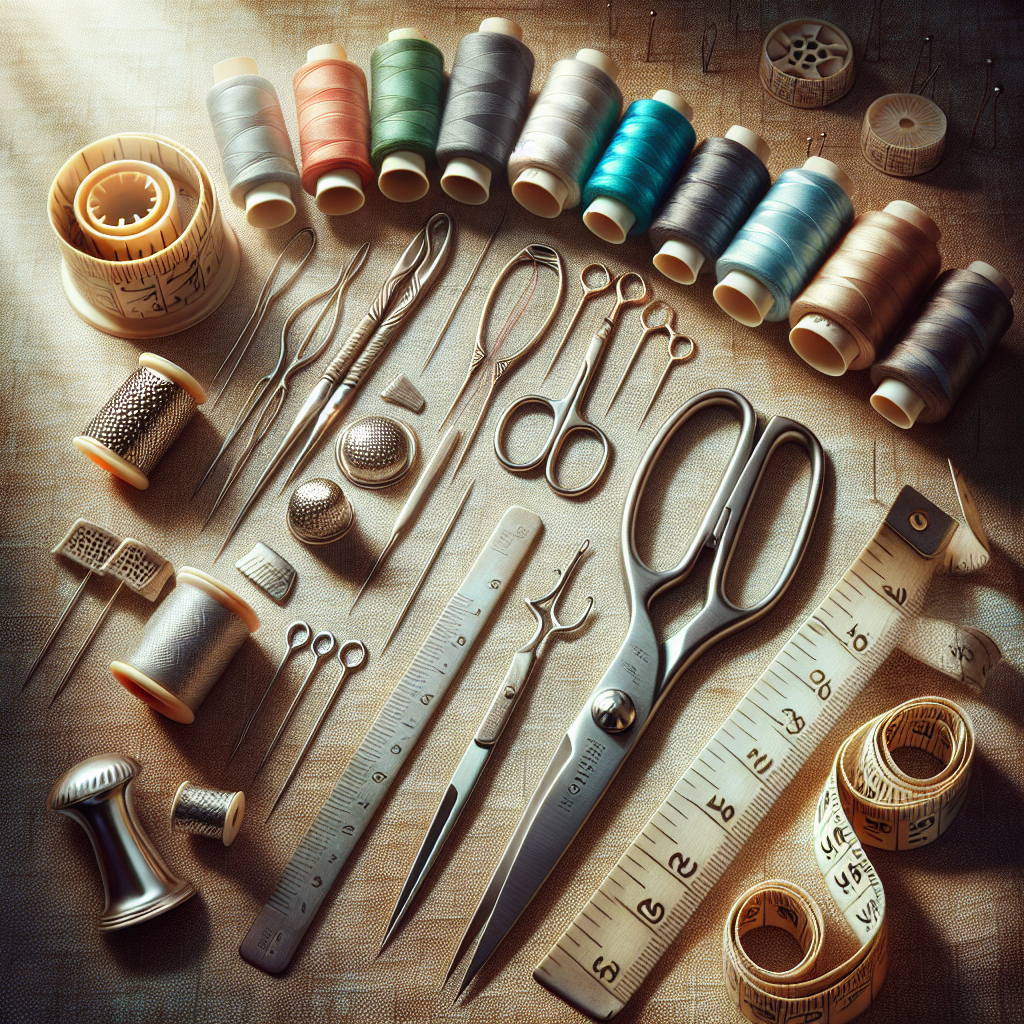
Maintaining your hand sewing supplies is essential for ensuring they last longer and perform at their best. Here are some effective tips on how to maintain your hand sewing supplies:
- Regular Cleaning: After each project, take a moment to clean your sewing tools. Wipe down scissors, needles, and other tools with a soft cloth to remove any fabric dust or residue. For rotary cutters, ensure the blade is free of threads and debris.
- Proper Storage: Store your supplies in a designated sewing box or organizer to prevent damage. Keep sharp tools like scissors and needles in protective cases to avoid accidents and maintain sharpness.
- Organize Threads: Use thread organizers or containers to keep your threads untangled and in good condition. Avoid exposing them to sunlight for prolonged periods, as this can lead to fading and weakening.
- Inspect Regularly: Periodically check your supplies for signs of wear or damage. Replace dull scissors or rusty needles promptly to ensure your sewing remains smooth and enjoyable.
- Keep Tools Sharp: Invest in a quality sharpener for your scissors and rotary cutters. Dull tools make sewing more difficult and can lead to frustration and uneven stitches.
- Follow Care Instructions: For specific tools, such as marking pens or specialty needles, follow the manufacturer’s care instructions to ensure longevity.
By maintaining your hand sewing supplies with these simple practices, you can enjoy a more efficient and pleasurable sewing experience while extending the life of your tools. Consistent care ensures that your sewing journey remains fun and productive!
Creative Projects to Practice Hand Sewing Skills
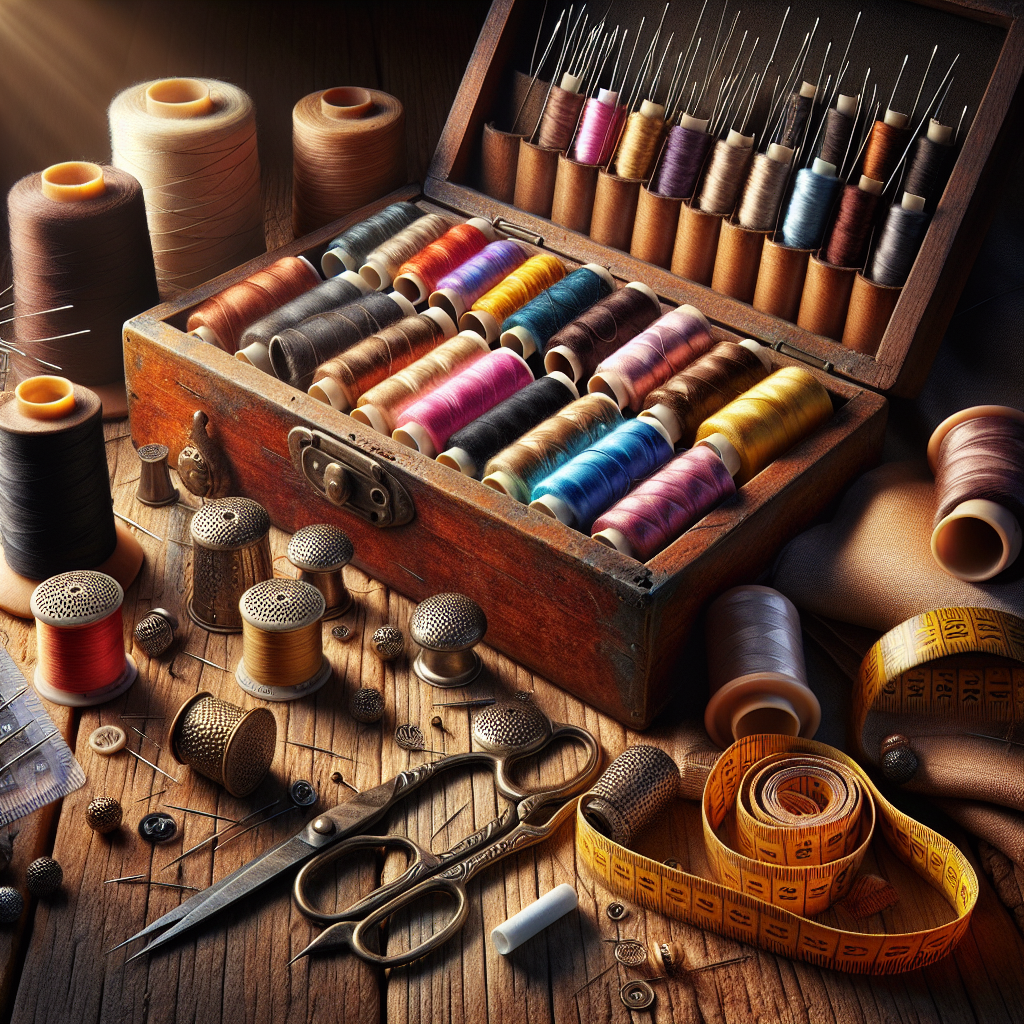
Engaging in creative projects is one of the best ways to practice your hand sewing skills while having fun! Here are some ideas to inspire your next sewing adventure:
- Fabric Coasters: Start with simple fabric coasters using scraps. This project helps you practice straight stitching and can be completed quickly.
- Drawstring Bags: Create personalized drawstring bags for gifts or storage. This project allows you to experiment with different fabrics and decorative stitches.
- Patchwork Pillow Covers: Combine various fabric squares to make unique pillow covers. This project enhances your piecing skills and lets you play with colors and patterns.
- Simple Tote Bags: A tote bag is a practical project that allows you to practice sewing seams and handles. Customize it with pockets or embellishments for a personal touch.
- Quilted Mug Rugs: These small quilted items are perfect for practicing quilting techniques and can brighten up your coffee table.
- Embroidered Handkerchiefs: Add a touch of elegance to simple handkerchiefs with embroidery. This project helps improve your stitching precision and introduces you to basic embroidery techniques.
Each of these projects will not only enhance your hand sewing skills but also allow you to create beautiful, functional items. Whether you are a beginner or looking to refine your abilities, these projects can provide invaluable practice.
Visit our website to learn more and get started today! Click here.
